


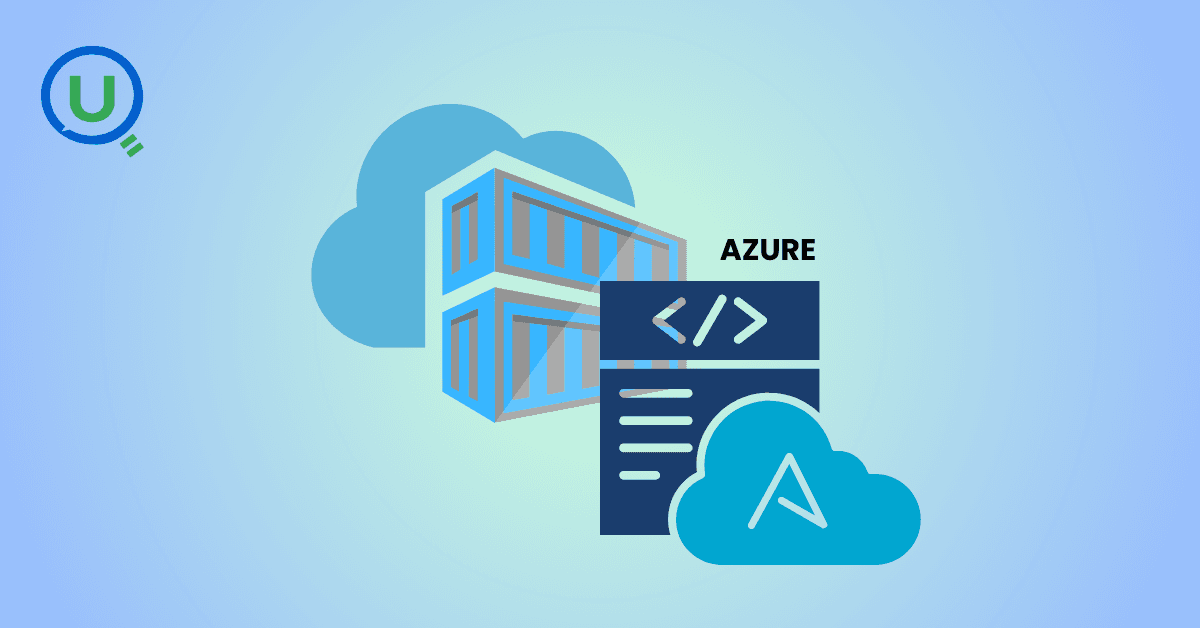
In today’s data-driven world, businesses rely heavily on extracting insights from data to stay competitive and make smarter decisions.
But raw data is rarely ready for analysis — it’s often scattered across various sources, stored in different formats, and unorganized. That’s where Azure Data Factory comes in. If you’re exploring a career or interest in data, AI, or cloud-based tools, understanding Azure Data Factory is a great place to start.
This blog is your complete beginner-friendly guide to Azure Data Factory — explaining what it is, how it works, and why it matters in the world of data and AI.
Azure Data Factory (ADF) is a cloud-based data integration service offered by Microsoft Azure. It enables you to create, schedule, and manage data pipelines that move and transform data from multiple sources into a centralized destination like a data warehouse or a data lake.
Think of Azure Data Factory as the “conveyor belt” in a smart data factory. It automates how data travels from raw storage locations to analytics-ready platforms — all while transforming the data along the way.
The core function of Azure Data Factory is Extract, Transform, Load (ETL) and Extract, Load, Transform (ELT). It helps businesses collect data from various systems (like SQL databases, APIs, or SaaS applications), process it, and store it in a structured format for analytics, reporting, or machine learning.
To better understand Azure Data Factory, it helps to break it down into its main building blocks. These components are the tools you use to create powerful data pipelines that automate data movement and transformation.
A pipeline in Azure Data Factory is a logical grouping of activities. Each pipeline can perform a sequence of tasks like copying data, transforming it, or calling APIs. You can think of a pipeline as a “workflow” for your data.
Activities are the steps that define what happens in a pipeline. These include tasks like:
Copy activity (to move data from source to destination)
Data flow activity (to perform transformations)
Lookup or conditional activities (to control logic in the workflow)
A dataset represents the data you want to use in your activities. For example, a dataset could be a table in SQL Server, a folder in Azure Blob Storage, or a file in Amazon S3.
These define the connection information needed for Data Factory to access external resources. For example, if you want to connect to a MySQL database or an Azure Synapse Analytics workspace, you’d define them as linked services.
Triggers are used to schedule pipeline executions. They can be based on time (for example, every day at 8 a.m.), events (like when a file is created), or manually triggered.
Azure Data Factory supports a code-free interface using a visual designer, which is perfect for beginners and data professionals who are not from a heavy coding background.
We live in a world where organizations generate massive amounts of data — from user clicks to purchase history, IoT sensors, and real-time transactions. But having data isn’t enough. What truly adds value is making that data usable and insightful.
Here’s where Azure Data Factory becomes essential:
Azure Data Factory connects with over 90+ data sources, including on-premises databases, cloud storages, web APIs, and third-party SaaS platforms. This means companies can bring all their data together in one place, regardless of where it lives.
To train accurate AI models, you need clean, structured, and complete data. Azure Data Factory helps with this by preparing your data pipeline so your data science and machine learning teams can focus on modeling rather than cleaning.
Instead of manually pulling and cleaning data, ADF automates the entire pipeline, ensuring that dashboards and analytics tools are always fed with up-to-date information. This leads to faster, more reliable business decisions.
Many businesses still operate with a mix of cloud and on-premise systems. Azure Data Factory’s integration runtime supports hybrid data movements, enabling secure data flows across multiple environments.
ADF is built for the cloud. It automatically scales resources to meet data volume needs, so whether you're handling gigabytes or petabytes of data, Azure Data Factory can adapt without manual intervention.
To make this more relatable, here are some real-world examples where Azure Data Factory makes a difference:
E-commerce company: Uses ADF to collect data from web traffic logs, customer purchase data, and payment systems to create a unified view of the customer journey.
Healthcare provider: Integrates electronic health records, appointment data, and insurance systems to analyze patient trends and reduce waiting times.
Manufacturing firm: Collects sensor data from IoT devices on machines, cleans it using ADF, and then feeds it into a machine learning model that predicts machine failure.
Financial institution: Consolidates data from legacy banking systems and cloud apps to ensure compliance reporting and risk analysis is always up to date.
In all these cases, Azure Data Factory serves as the engine that powers data transformation and accessibility — critical ingredients for success in the AI and analytics space.
If you're new to cloud or data tools, getting started with Azure Data Factory can feel overwhelming. But the good news is that Microsoft provides a user-friendly interface and tutorials to help beginners.
Here’s how you can get started:
Create an Azure account – Start with a free trial if you don’t already have one.
Launch Azure Data Factory – From the Azure portal, search and create a new Data Factory resource.
Use the visual designer – You can drag-and-drop activities and build pipelines without writing any code.
Practice with tutorials – Microsoft offers plenty of sample datasets and beginner tutorials to help you build your first pipeline.
Explore real projects – Try building data workflows from your existing Excel files, CSVs, or SQL databases.
Whether you're a student, beginner in data roles, or exploring AI careers, learning Azure Data Factory is a future-proof skill that opens doors to jobs in data engineering, cloud analytics, and beyond.
As businesses become more data-driven and AI-powered, tools like Azure Data Factory have become the backbone of data operations. From cleaning and integrating data to enabling real-time analytics, ADF is the invisible force that turns messy, siloed data into usable insights.
Whether you're building a career in data science, cloud technology, or business intelligence, mastering Azure Data Factory gives you the ability to understand and control how data flows — which is one of the most important superpowers in the modern digital world.
If you’re ready to explore or deepen your skills in Azure Data Factory, data pipelines, or cloud-based data tools, Enqurious can help. Enqurious offers curated learning paths, practical industry-aligned content, and expert sessions focused on in-demand tools like ADF, Azure Synapse, Power BI, and beyond. Whether you’re starting from scratch or looking to reskill for a new role in data and AI, Enqurious bridges the gap between theory and real-world expertise.
Explore our hands-on modules, guided projects, and connect with our professionals who’ve walked the same path — your data journey starts here.

A practical walkthrough of how I reduced heavy batch workloads using Change Data Feed (CDF) in Databricks. This blog shows how CDF helps process only updated records, cutting compute costs and boosting pipeline efficiency.

I dropped a table in Snowflake, then queried to verify it was gone. The system said it doesn't exist, but also showed it consuming 3.57 MB. That contradiction led me down a rabbit hole of metadata delays, missing commands, and hidden costs. Here's what I discovered.
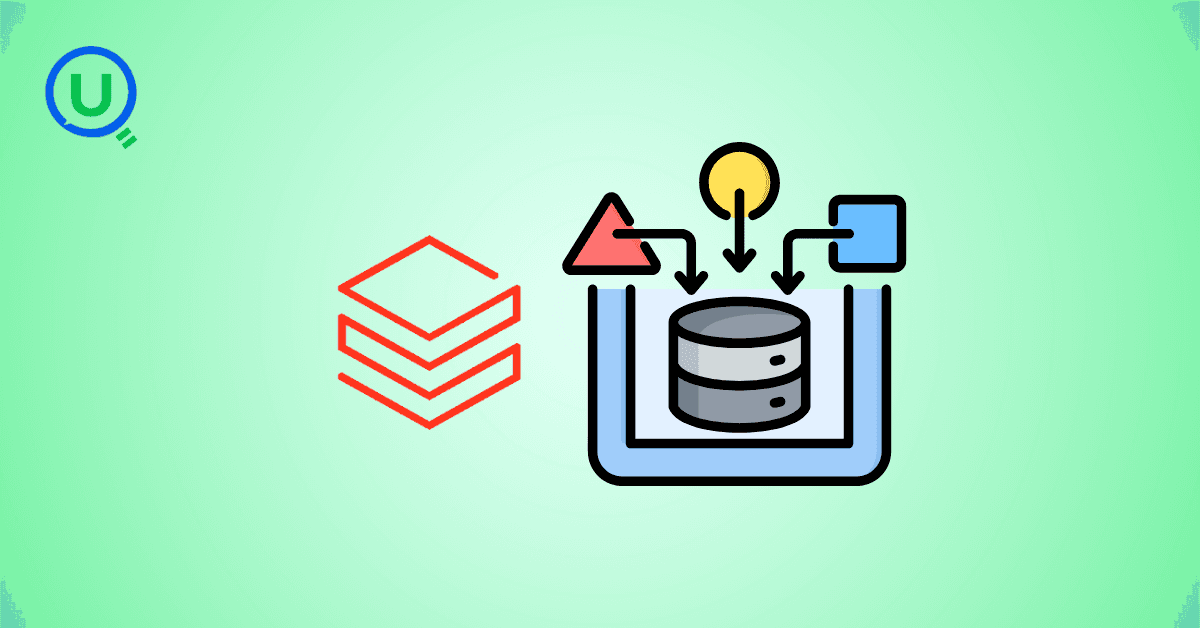
The AI industry has a security problem: data scientists aren't trained in security, ML engineers are working with black-box models, and security pros don't understand GenAI. Learn about the frameworks and tools bridging this gap—from Llama Guard to Databricks' safety features.
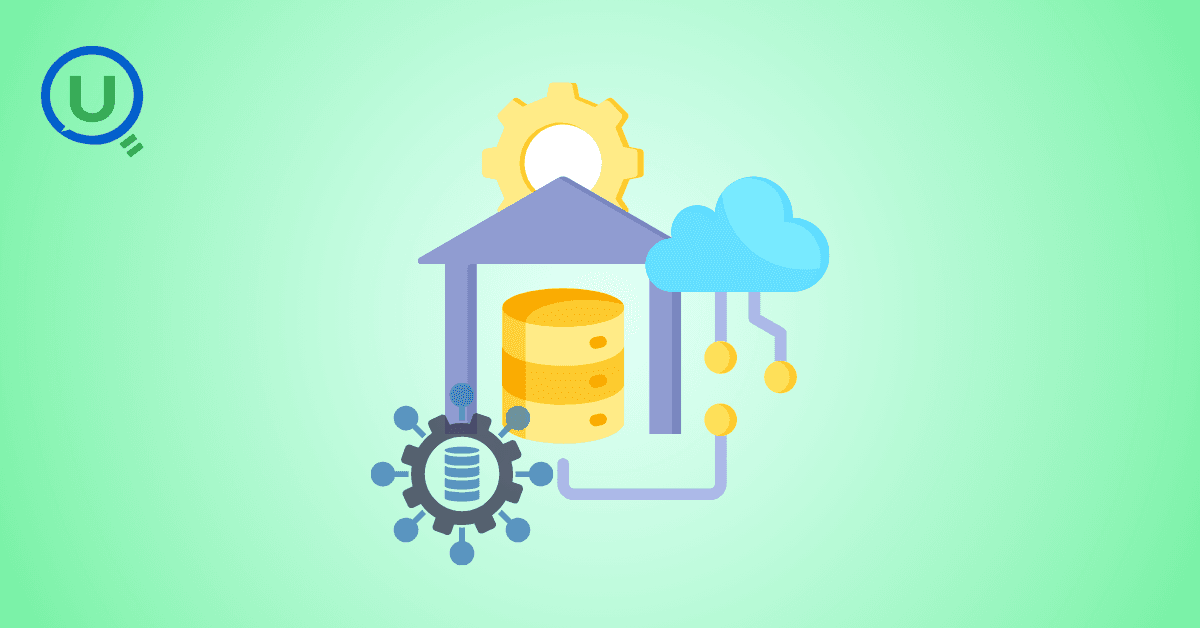
Why DELETE isn’t enough under GDPR, and how Time Travel can make sensitive data reappear unless VACUUM is used correctly.

This blog shares my personal journey into Snowflake Gen AI, from early confusion to hands-on clarity. It offers practical study tips, common pitfalls, and guidance to help you prepare effectively and understand Snowflake’s evolving AI capabilities.

Started scrolling Instagram at 2 AM. Saw Cloudflare memes. Fell down a 4-hour research rabbit hole. Discovered that AND database = 'default' could have prevented the whole thing. My sleep schedule is ruined but at least I understand distributed systems now.

Discover the top 10 data pipeline tools every data engineer should know in 2025. From Airflow to Fivetran, learn how each tool powers modern data workflows, supports real-time analytics, and scales across cloud ecosystems.
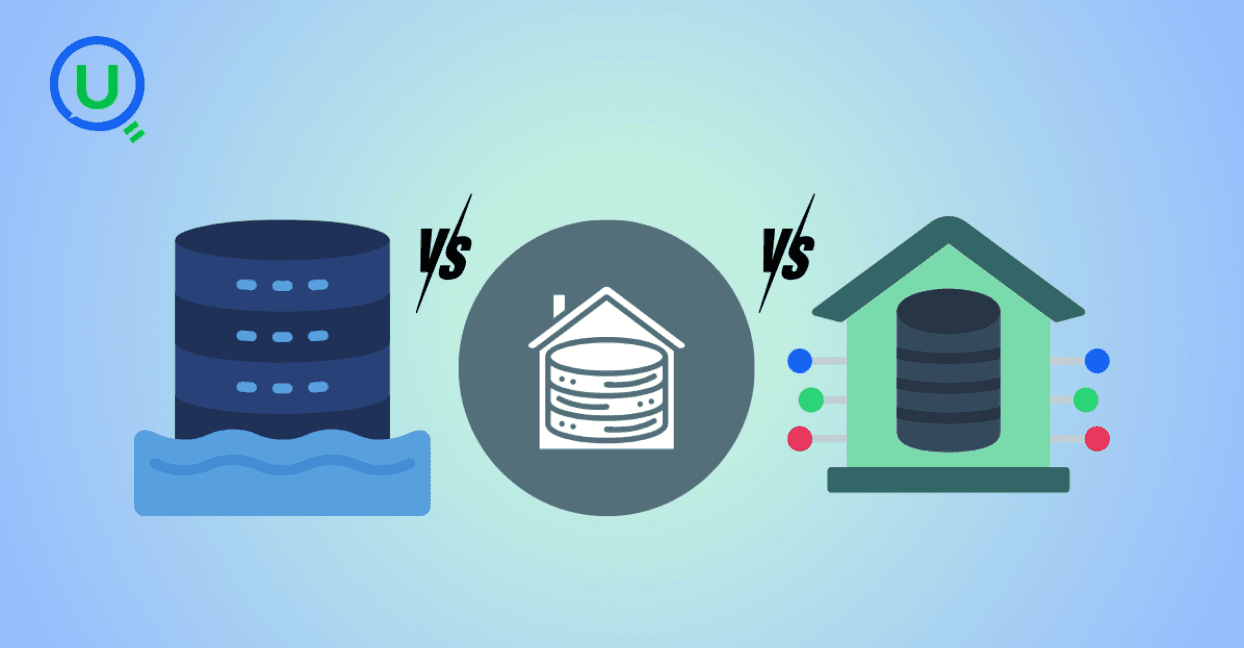
Confused between a data lake, data warehouse, and data mart? Discover key differences, real-world use cases, and when to use each architecture. Learn how to build a modern, layered data strategy for scalability, governance, and business insights.
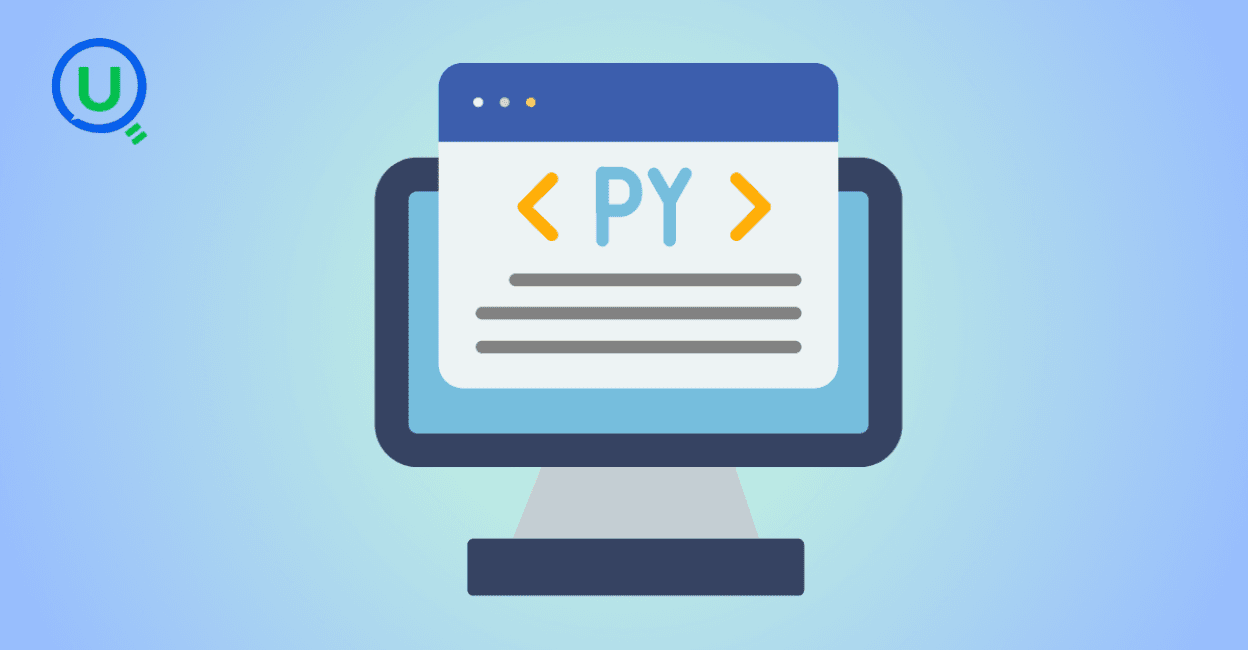
Explore what syntax means in the world of data and AI—from SQL and Python to JSON and APIs. Learn why syntax matters, common errors, real-world examples, and essential best practices for data engineers, analysts, and AI developers in 2025.
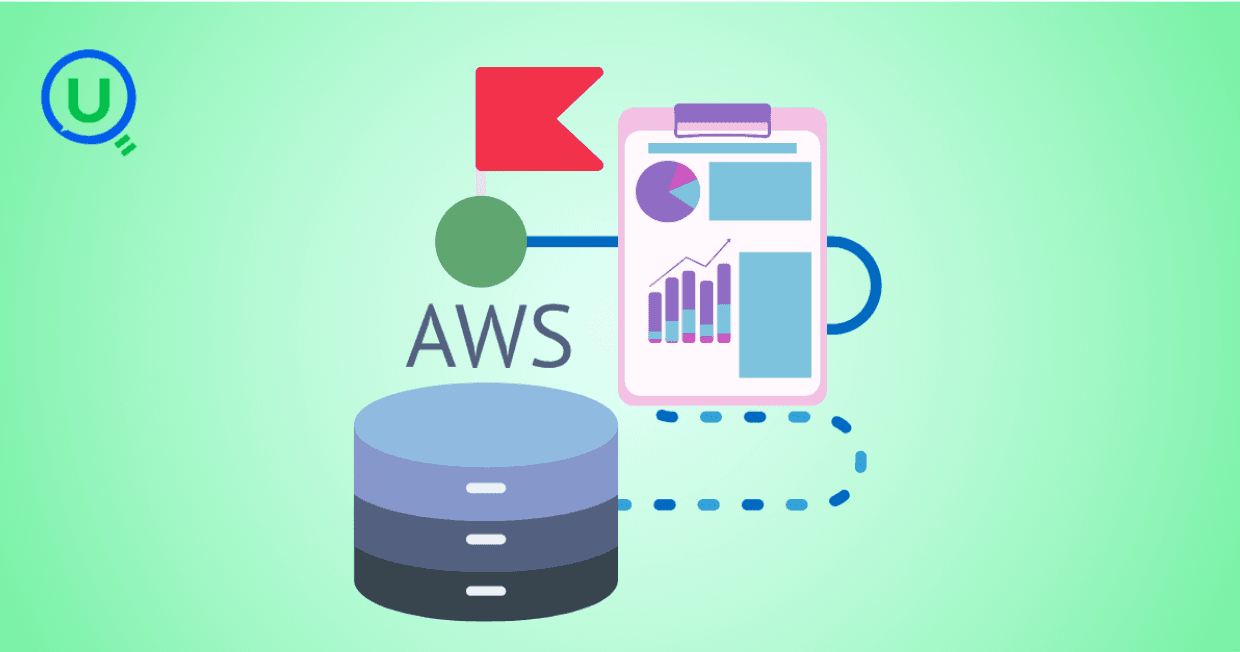
Discover how AWS Data Pipeline helps automate data movement and transformation across AWS services like S3, Redshift, and EMR. Learn its key features, benefits, limitations, and how it compares to modern tools like AWS Glue and MWAA.
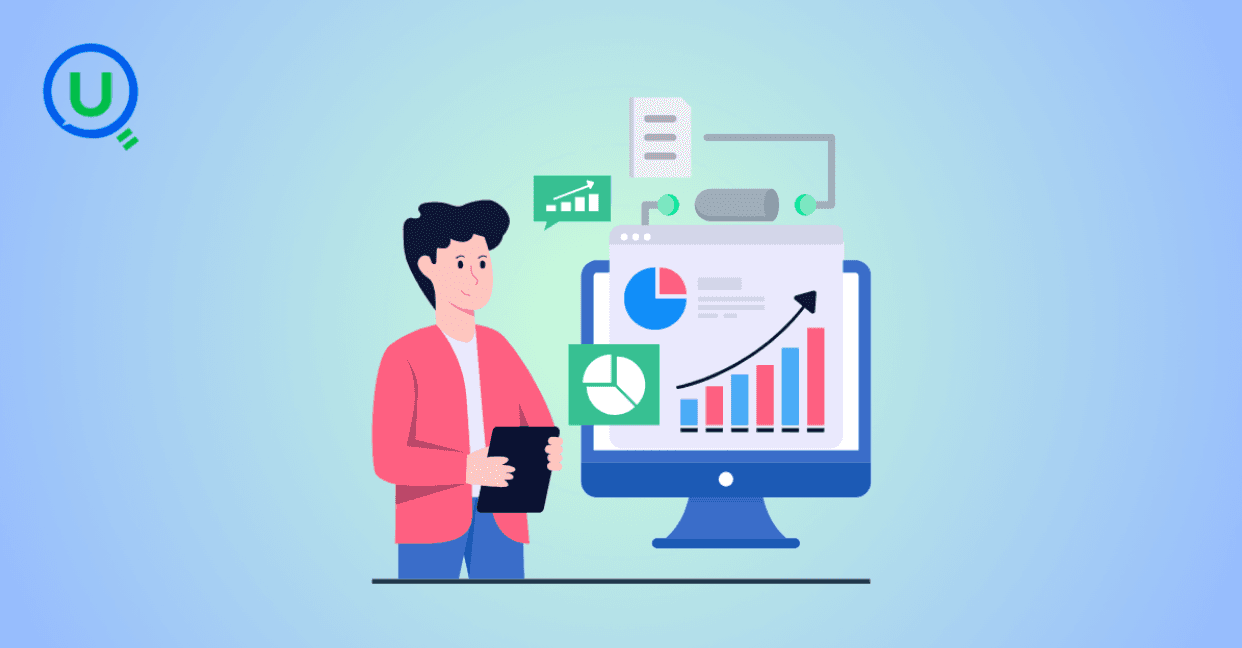
Learn how to build scalable and secure data pipeline architectures in 2024 with best practices, modern tools, and intelligent design. Explore key pillars like scalability, security, observability, and metadata tracking to create efficient and future-proof data workflows.
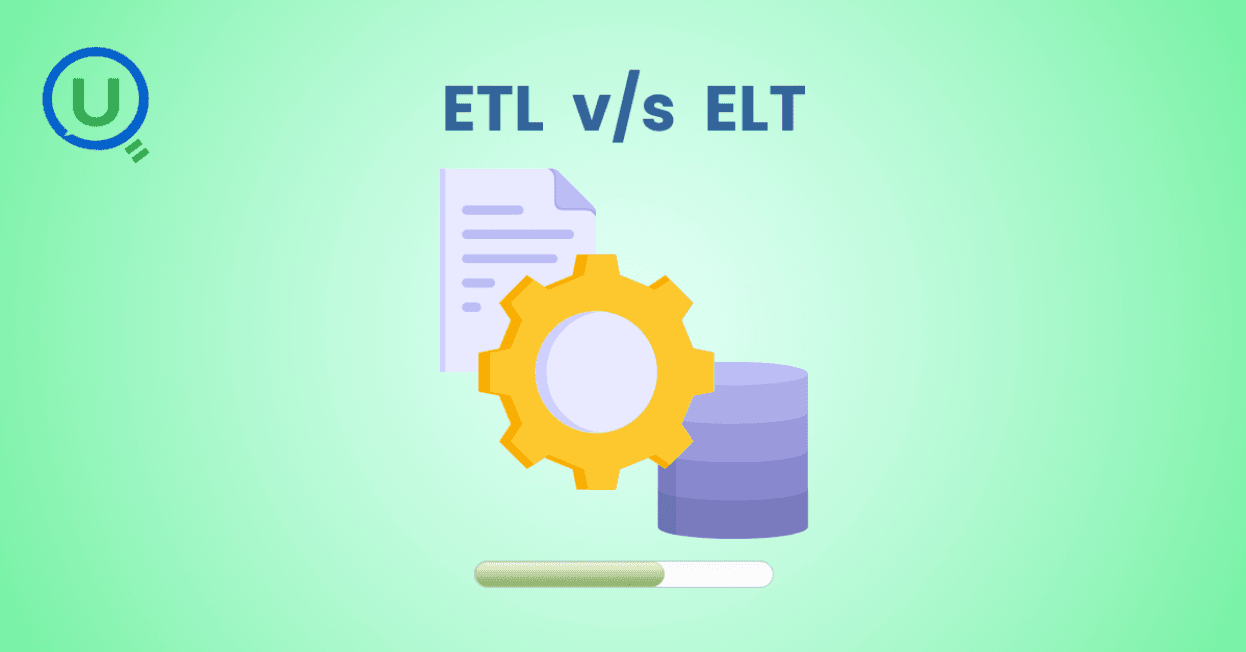
Explore the key differences between ETL and ELT data integration methods in this comprehensive guide. Learn when to choose each approach, their use cases, and how to implement them for efficient data pipelines, real-time analytics, and scalable solutions.
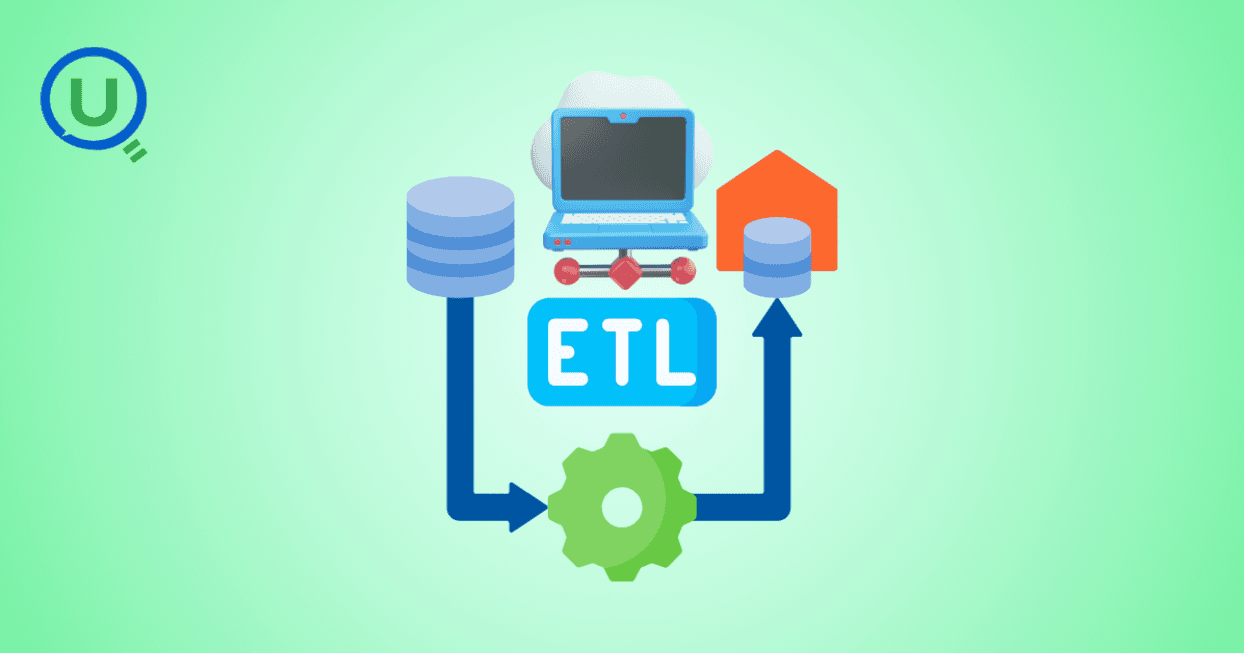
Learn the essential role of ETL (Extract, Transform, Load) in data engineering. Understand the three phases of ETL, its benefits, and how to implement effective ETL pipelines using modern tools and strategies for better decision-making, scalability, and data quality.
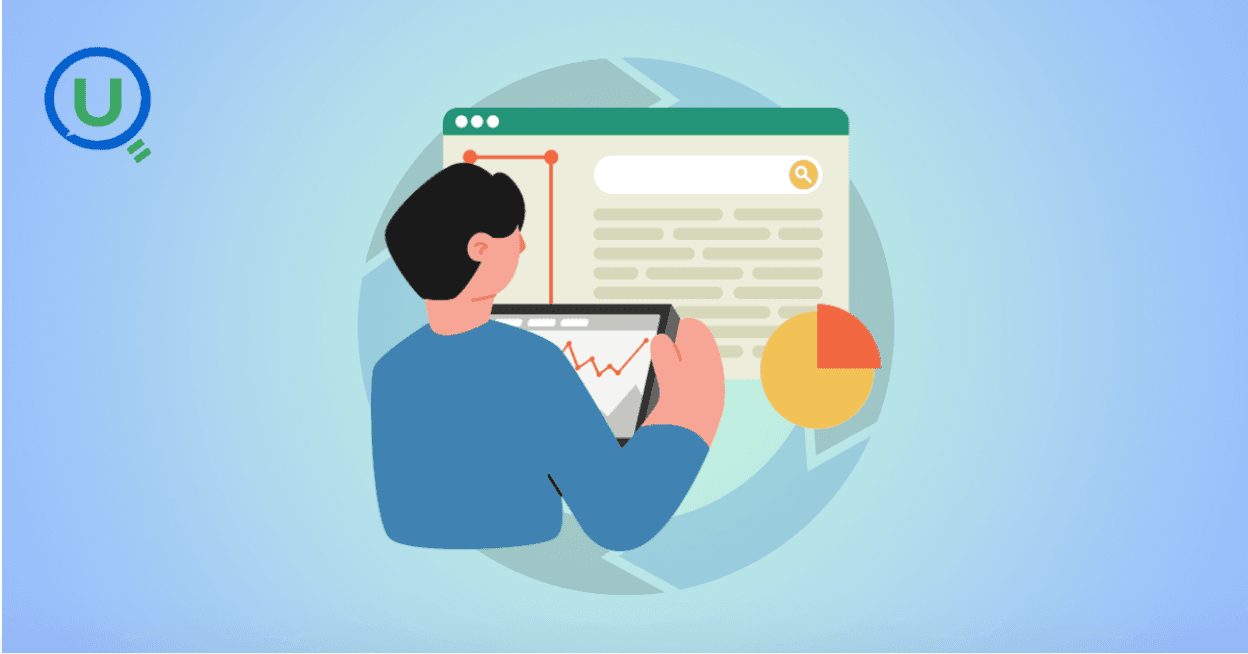
Discover why data orchestration and analysis are essential for modern data systems. Learn how automation tools streamline data workflows, boost insights, and scale with your business
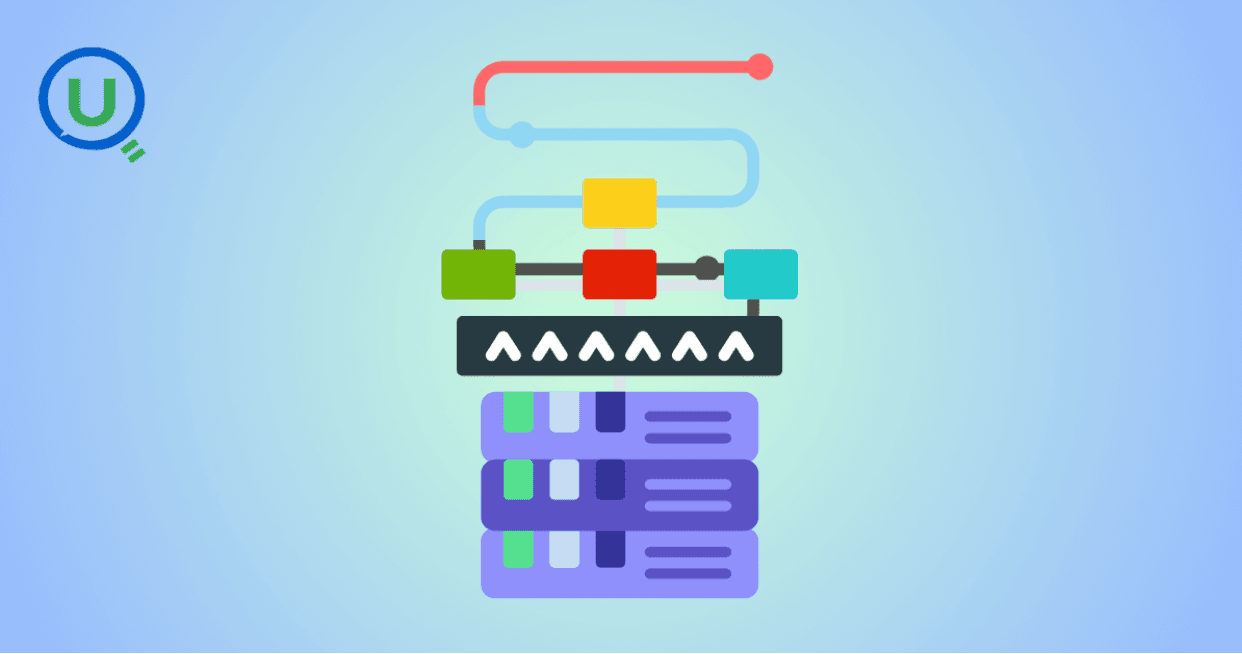
Learn what a data ingestion pipeline is, why it's vital for modern analytics, and how to design scalable, real-time pipelines to power your data systems effectively.
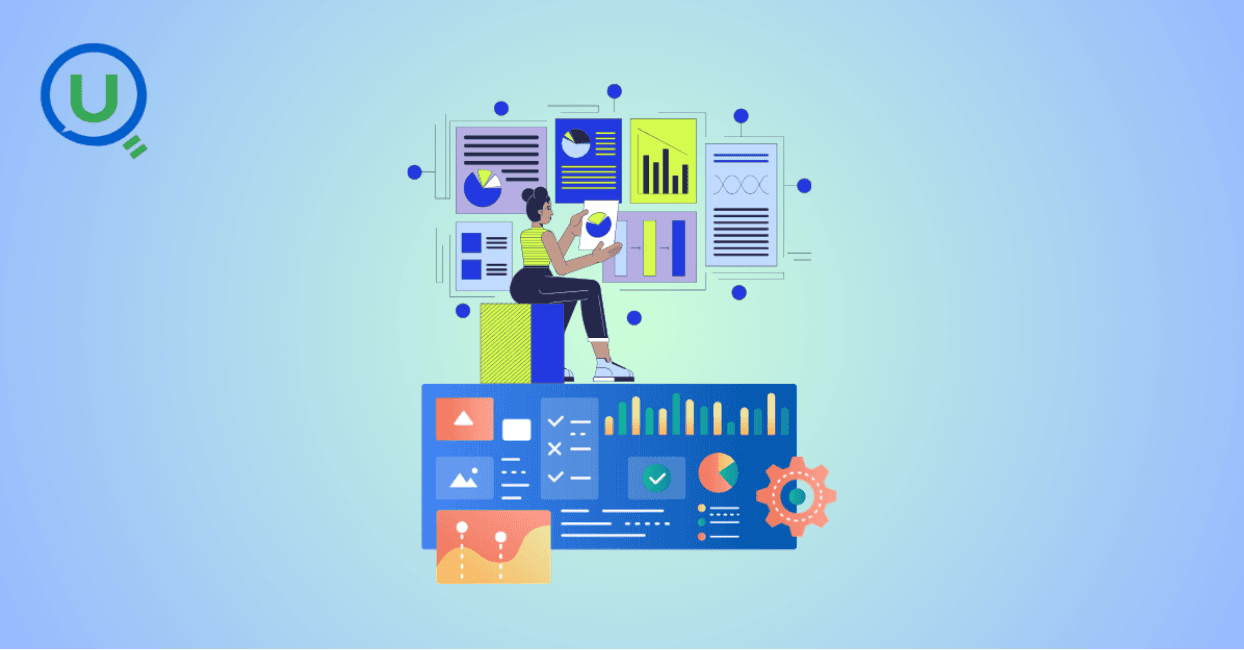
Discover the top 15 data warehouse tools for scalable data management in 2024. Learn how to choose the right platform for analytics, performance, and cost-efficiency.
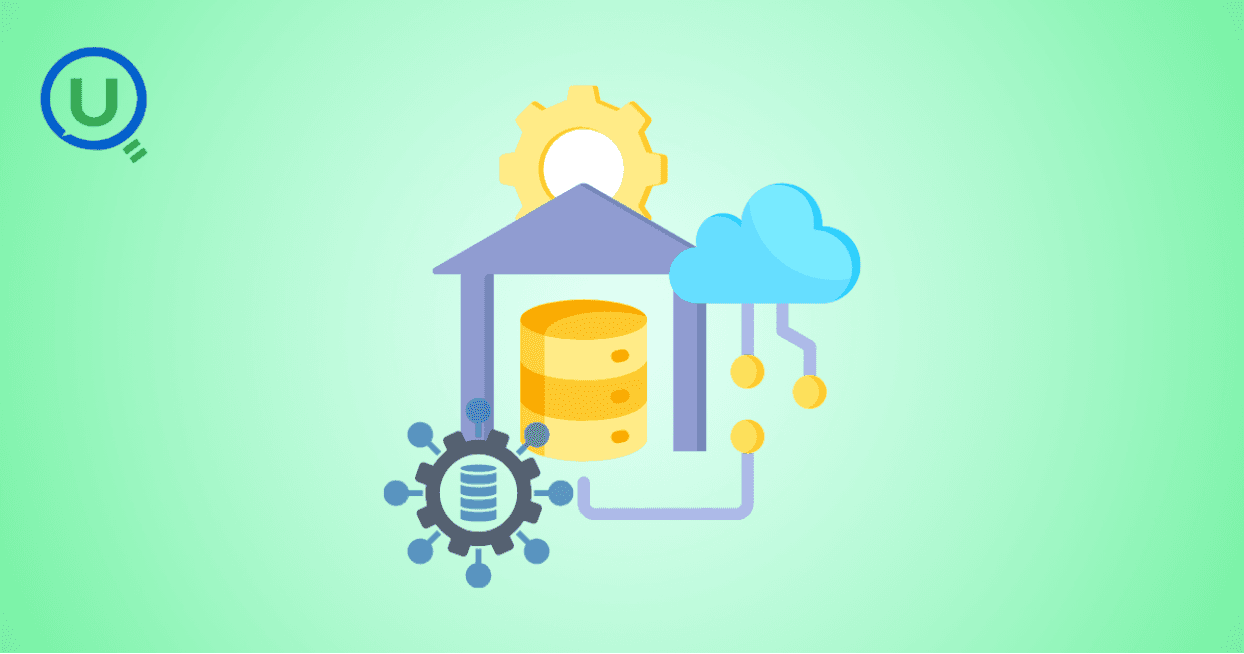
Confused between a data mart and a data warehouse? Learn the key differences, use cases, and how to choose the right data architecture for your business. Explore best practices, real-world examples, and expert insights from Enqurious.
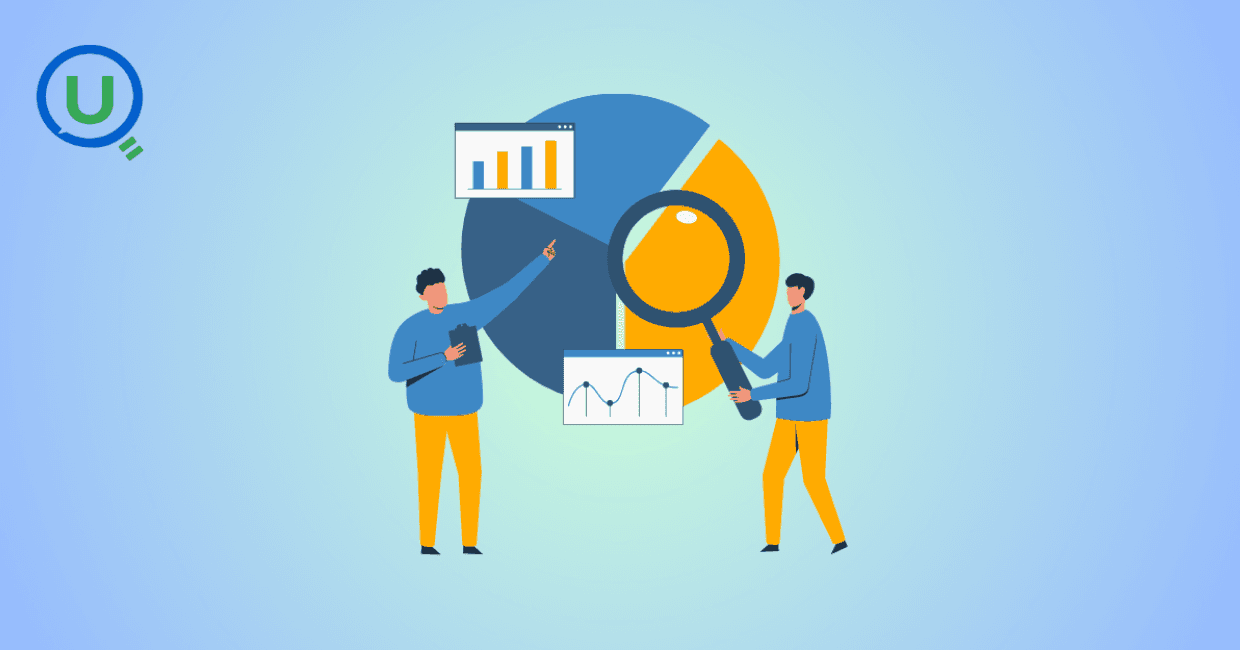
Discover the top 10 predictive analytics tools to know in 2025—from SAS and Google Vertex AI to RapidMiner and H2O.ai. Learn why predictive analytics is essential for modern businesses and how to choose the right tool for your data strategy.

Explore the key differences between descriptive and predictive analytics, and learn how both can drive smarter decision-making. Discover how these analytics complement each other to enhance business strategies and improve outcomes in 2025 and beyond.
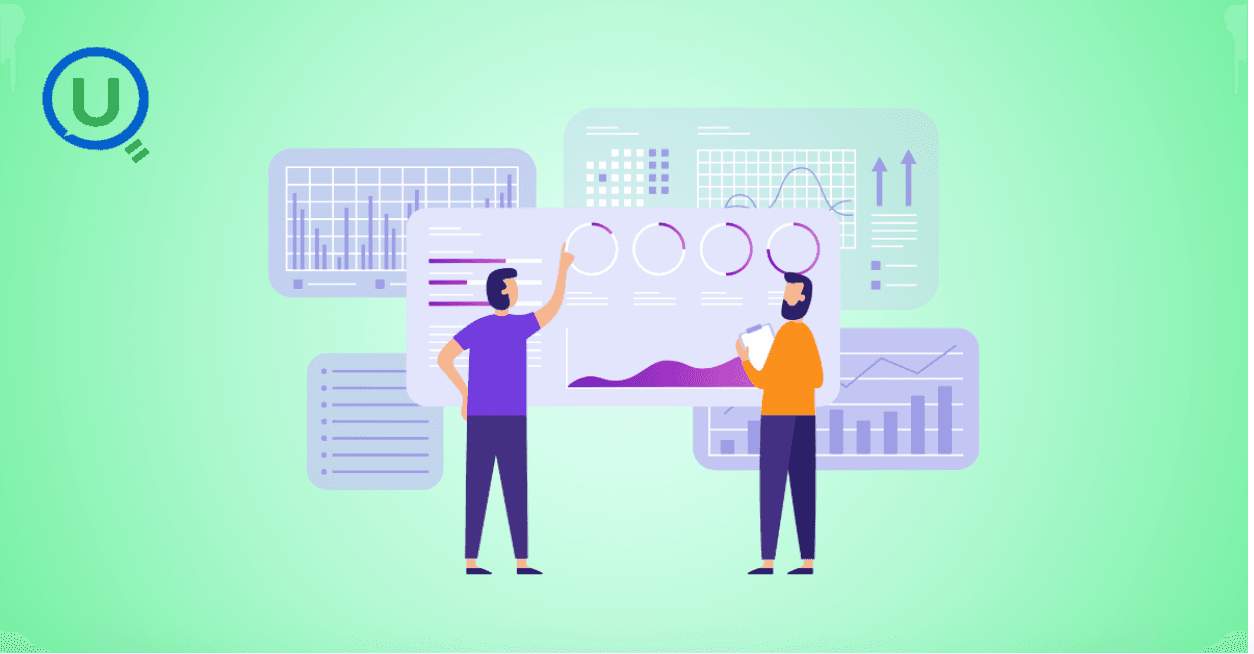
Explore the key differences between predictive and prescriptive analytics, and learn how both can drive smarter decisions, enhance agility, and improve business outcomes. Discover real-world applications and why mastering both analytics approaches is essential for success in 2025 and beyond.
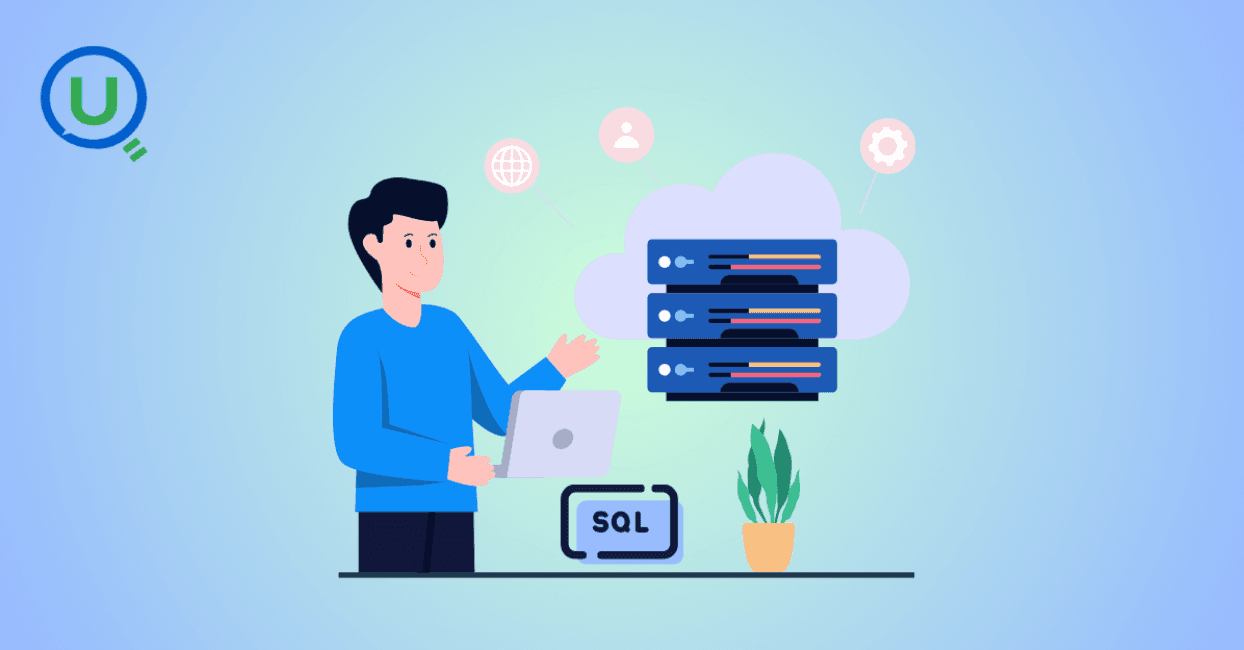
Compare PostgreSQL vs SQL Server in this comprehensive guide. Learn the key differences, strengths, and use cases to help you choose the right database for your business needs, from cost to performance and security.
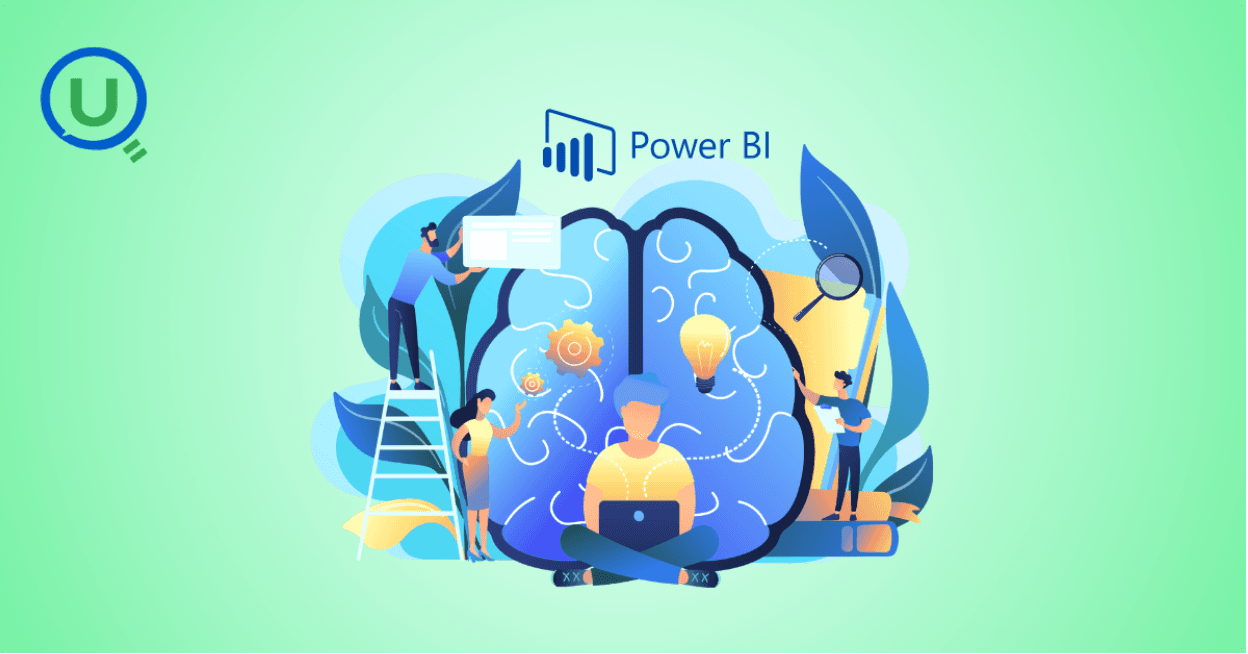
Learn what Power BI is and how it works in this beginner's guide. Discover its key features, components, benefits, and real-world applications, and how it empowers businesses to make data-driven decisions.
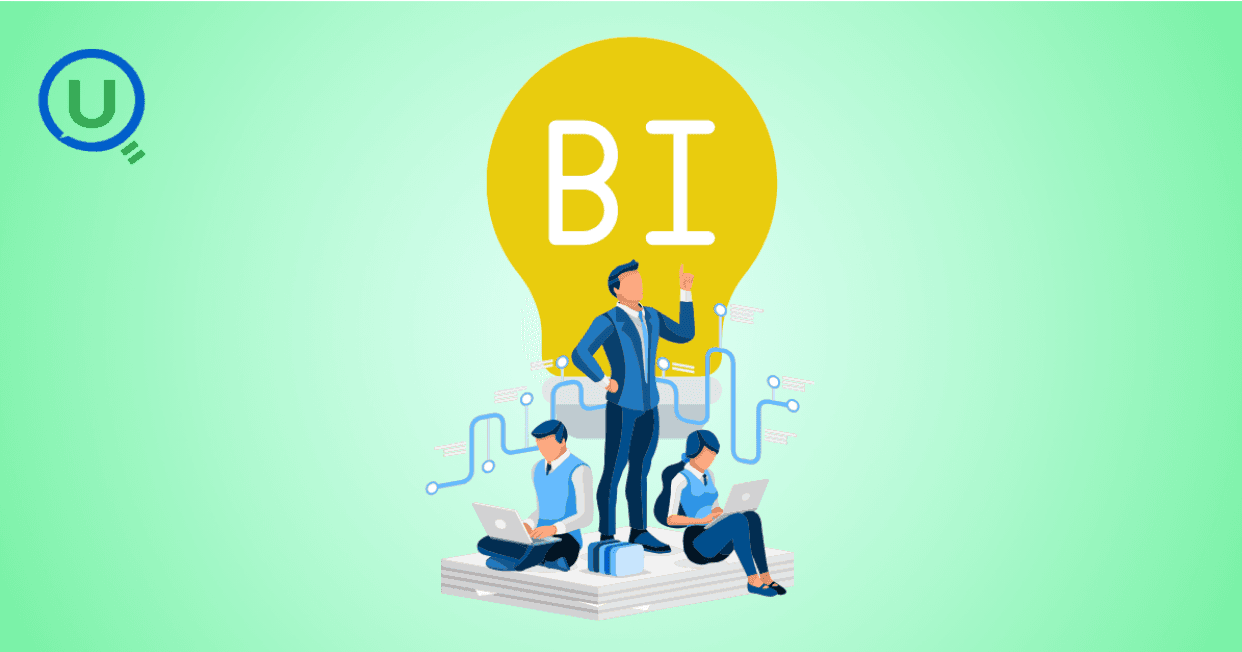
Explore what a Business Intelligence Engineer does—from building data pipelines to crafting dashboards. Learn key responsibilities, tools, and why this role is vital in a data-driven organization.
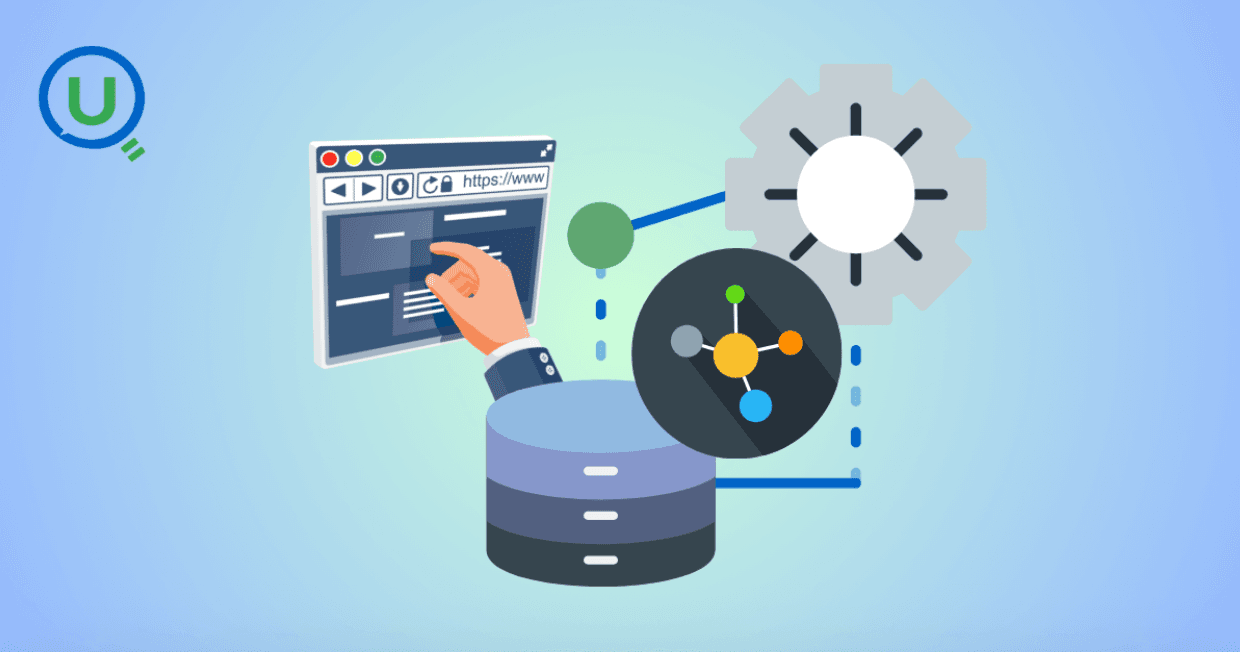
Discover why data lineage is essential in today’s complex data ecosystems. Learn how it boosts trust, compliance, and decision-making — and how Enqurious helps you trace, govern, and optimize your data journeys.
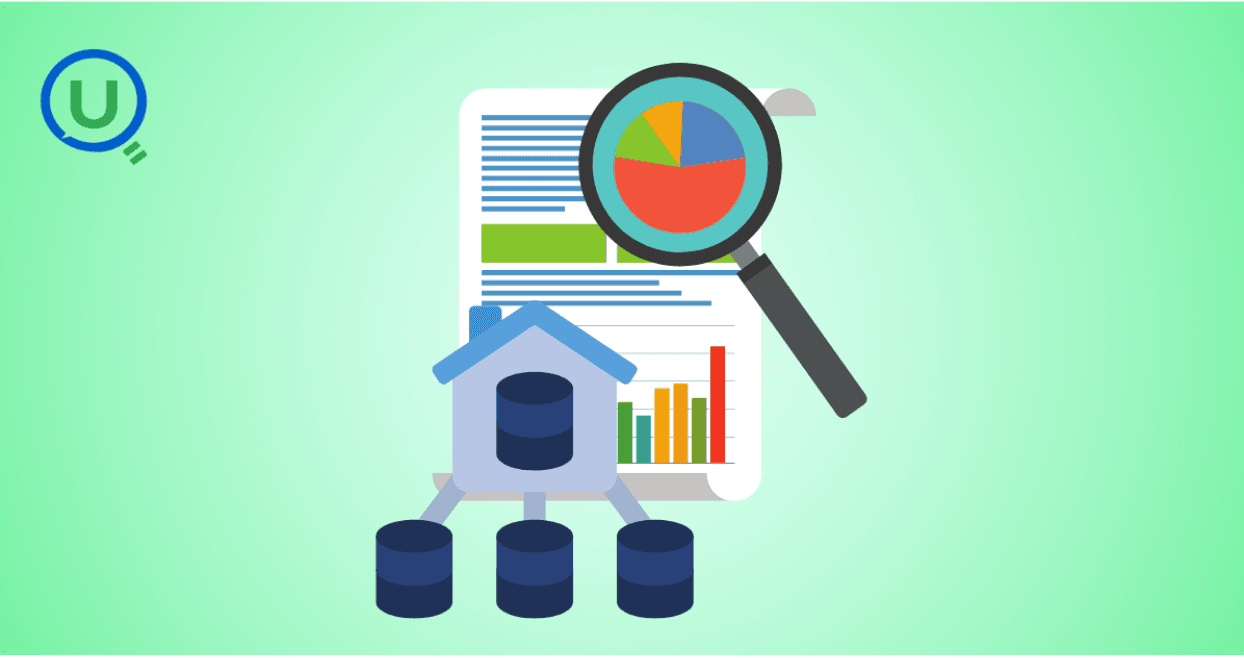
Learn what a data mart is, its types, and key benefits. Discover how data marts empower departments with faster, targeted data access for improved decision-making, and how they differ from data warehouses and data lakes.

Master data strategy: Understand data mart vs data warehouse key differences, benefits, and use cases in business intelligence. Enqurious boosts your Data+AI team's potential with data-driven upskilling.
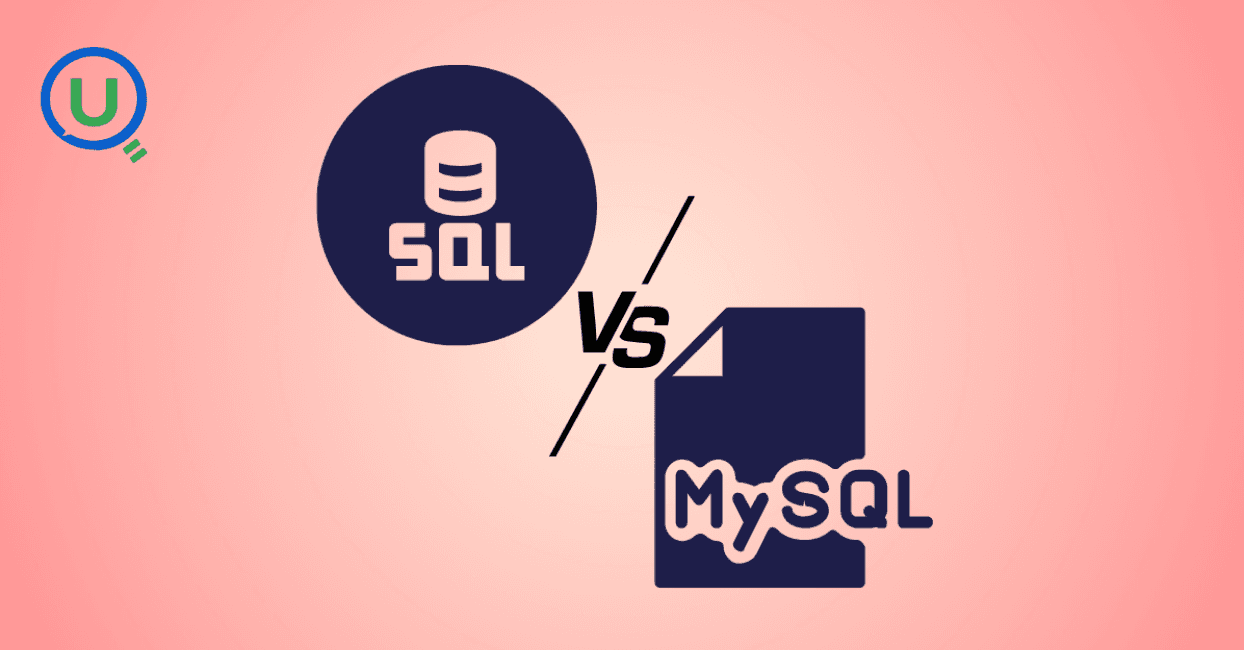
Discover the key differences between SQL and MySQL in this comprehensive guide. Learn about their purpose, usage, compatibility, and how they work together to manage data. Start your journey with SQL and MySQL today with expert-led guidance from Enqurious!
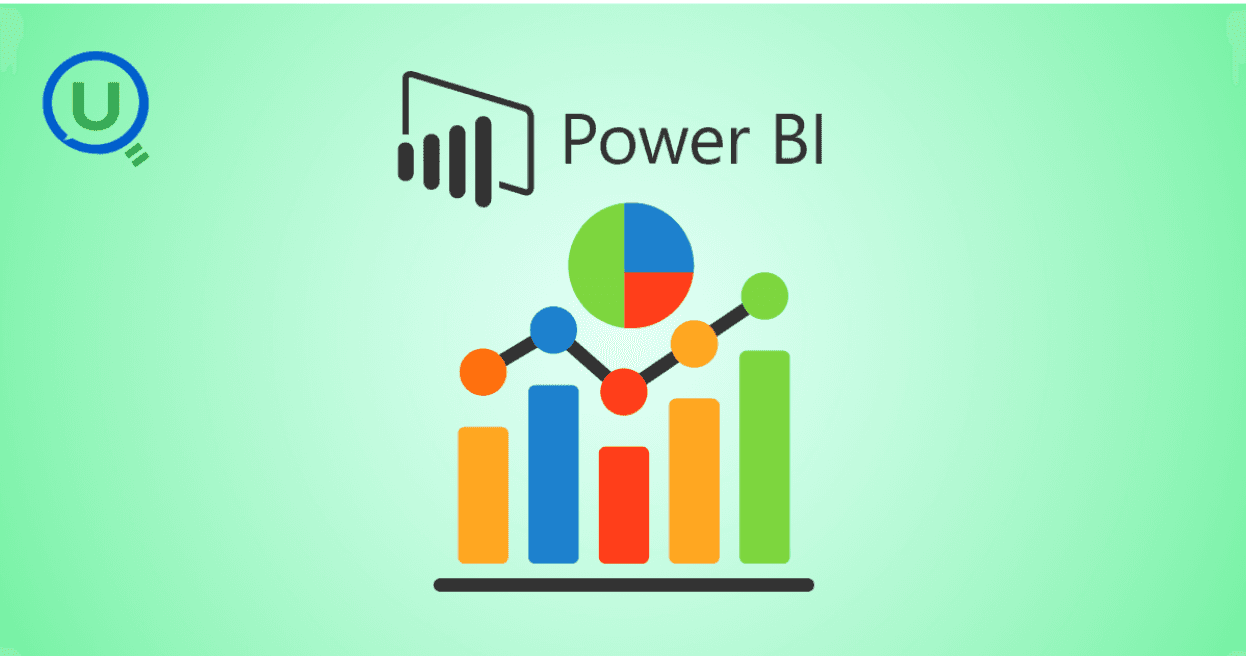
Learn Power BI from scratch in 2025 with this step-by-step guide. Explore resources, tips, and common mistakes to avoid as you master data visualization, DAX, and dashboard creation. Start your learning journey today with Enqurious and gain hands-on training from experts!
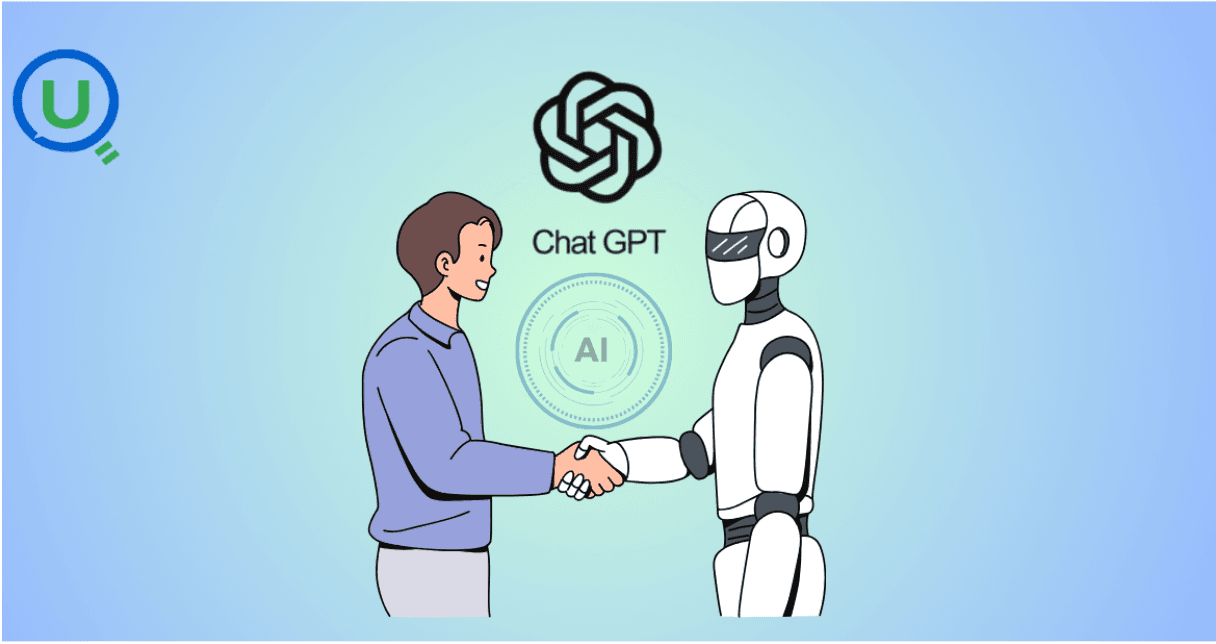
AI tools like ChatGPT are transforming clinical data management by automating data entry, enabling natural language queries, detecting errors, and simplifying regulatory compliance. Learn how AI is enhancing efficiency, accuracy, and security in healthcare data handling.
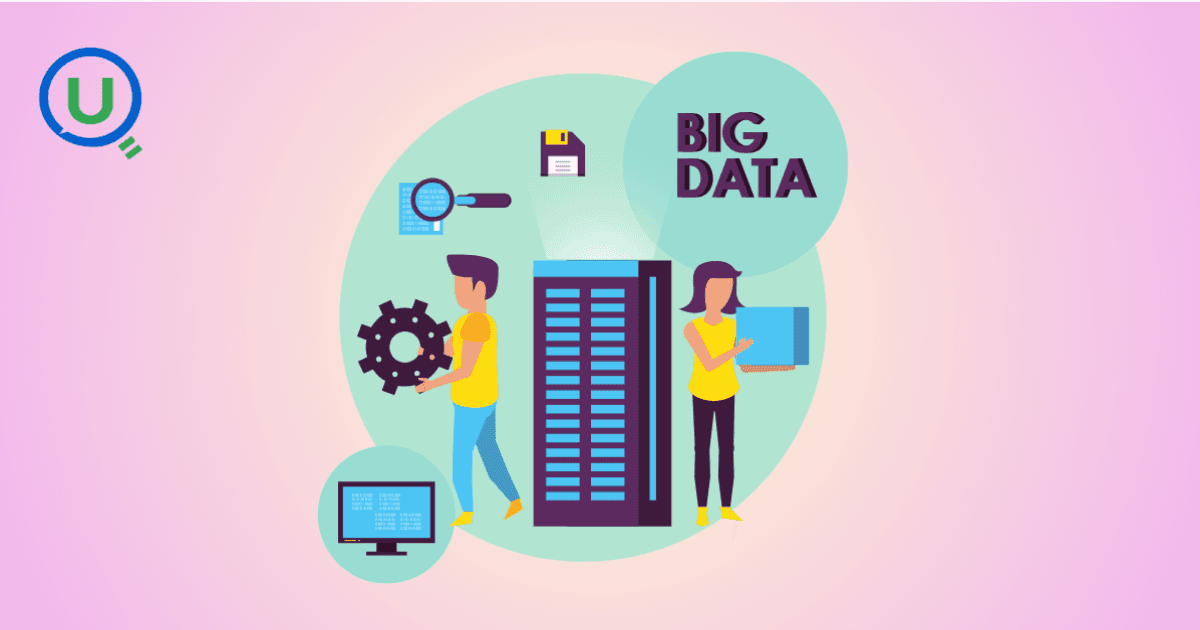
Big Data refers to large, complex data sets generated at high speed from various sources. It plays a crucial role in business, healthcare, finance, education, and more, enabling better decision-making, predictive analytics, and innovation.
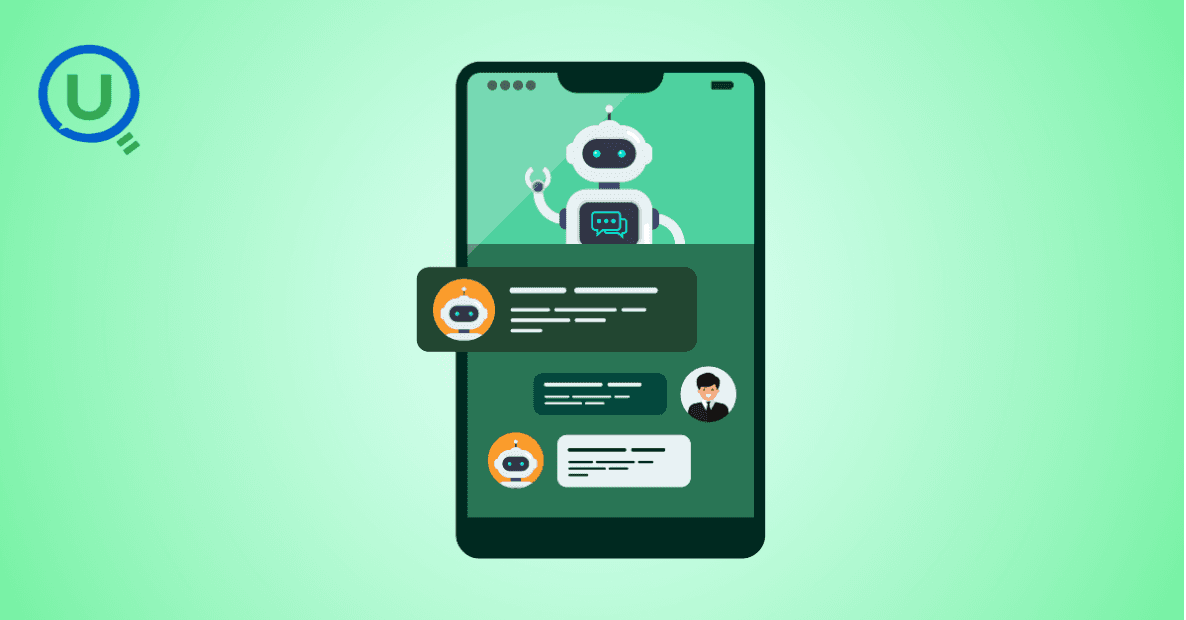
Discover the power of prompt engineering and how it enhances AI interactions. Learn the key principles, real-world use cases, and best practices for crafting effective prompts to get accurate, creative, and tailored results from AI tools like ChatGPT, Google Gemini, and Claude.

Learn what a Logical Data Model (LDM) is, its key components, and why it’s essential for effective database design. Explore how an LDM helps businesses align data needs with IT implementation, reducing errors and improving scalability.
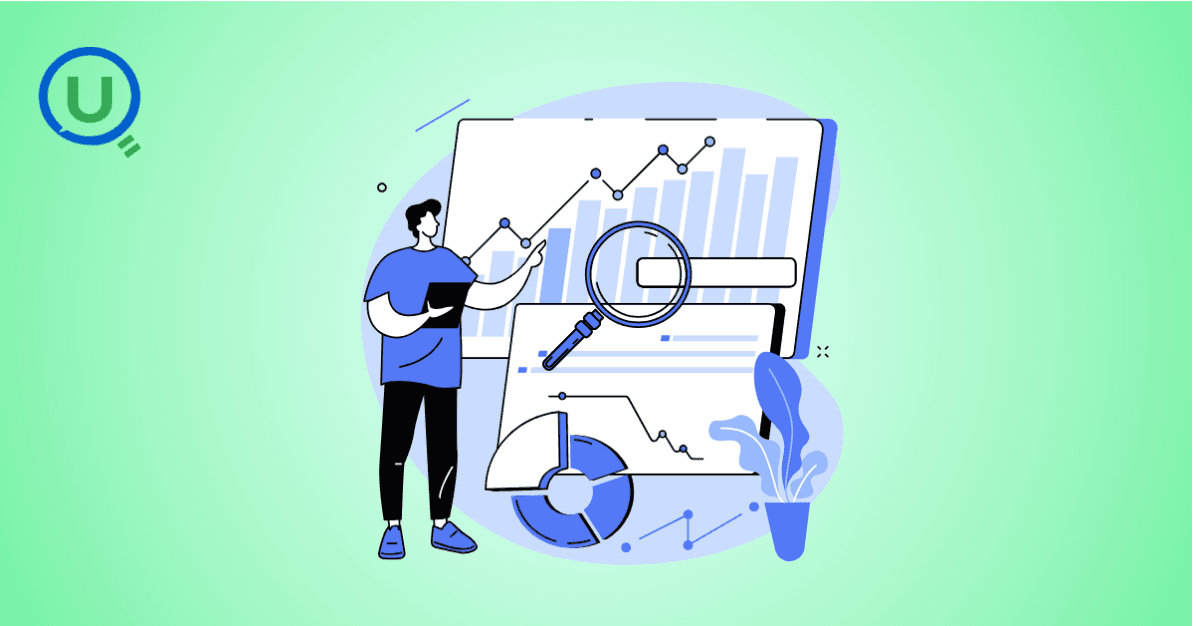
Discover the power of a Canonical Data Model (CDM) for businesses facing complex data integration challenges. Learn how CDM simplifies communication between systems, improves data consistency, reduces development costs, and enhances scalability for better decision-making.
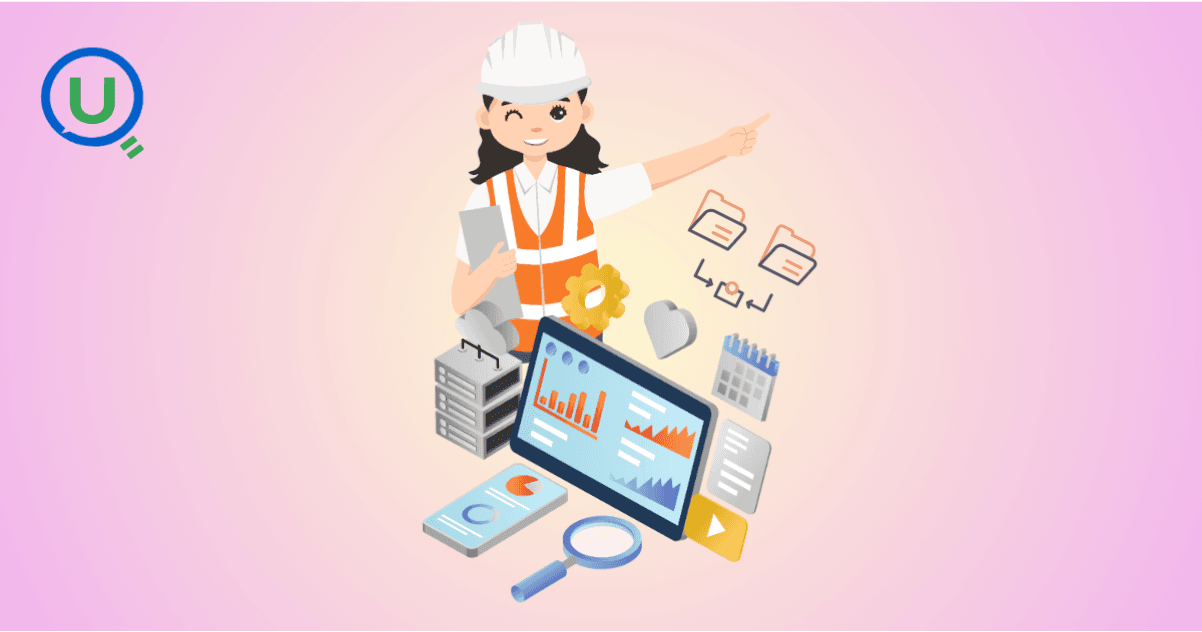
Discover the 10 essential benefits of Engineering Data Management (EDM) and how it helps businesses streamline workflows, improve collaboration, ensure security, and make smarter decisions with technical data.

Explore how vibe coding is transforming programming by blending creativity, collaboration, and technology to create a more enjoyable, productive, and human-centered coding experience.

Learn how Azure Databricks empowers data engineers to build optimized, scalable, and reliable data pipelines with features like Delta Lake, auto-scaling, automation, and seamless collaboration.

Explore the top 10 data science trends to watch out for in 2025. From generative AI to automated machine learning, discover how these advancements are shaping the future of data science and transforming industries worldwide.

Discover the key differences between data scientists and data engineers, their roles, responsibilities, and tools. Learn how Enqurious helps you build skills in both fields with hands-on, industry-relevant learning.

Discover the 9 essential steps to effective engineering data management. Learn how to streamline workflows, improve collaboration, and ensure data integrity across engineering teams.
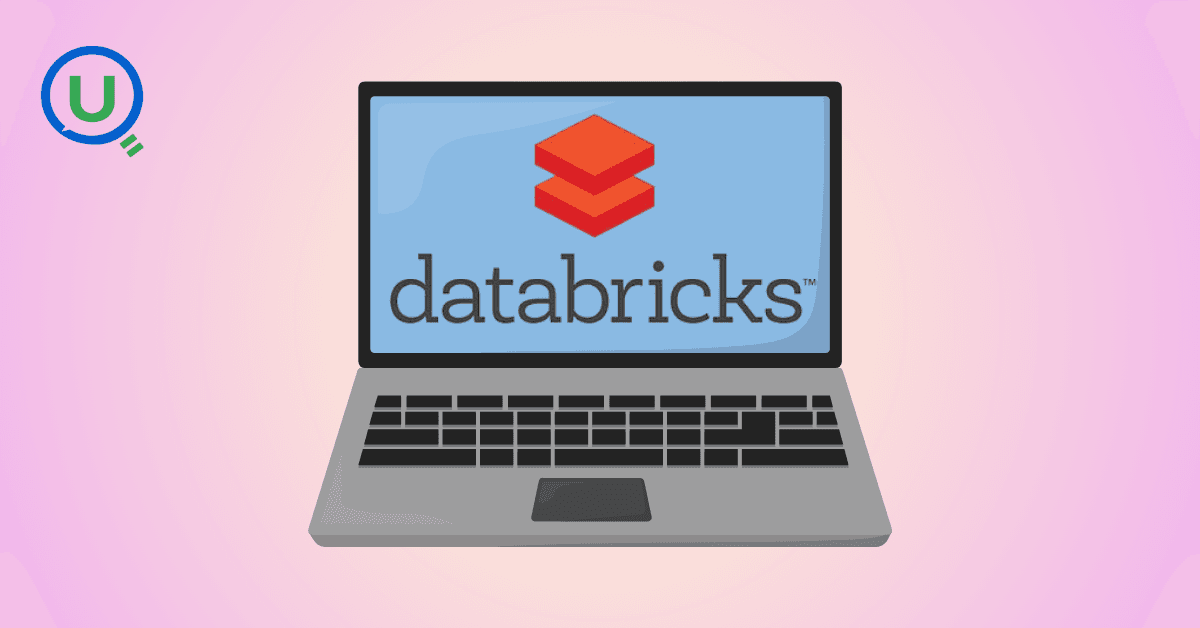
Azure Databricks is a cloud-based data analytics platform that combines the power of Apache Spark with the scalability, security, and ease of use offered by Microsoft Azure. It provides a unified workspace where data engineers, data scientists, analysts, and business users can collaborate.

In today's data-driven world, knowing how to make sense of information is a crucial skill. We’re surrounded by test scores, app usage stats, survey responses, and sales figures — and all this raw data on its own isn’t helpful.

In this blog, we will discuss some of the fundamental differences between AI inference vs. training—one that is, by design, artificially intelligent.

This guide provides a clear, actionable roadmap to help you avoid common pitfalls and successfully earn your SnowPro Core Certification, whether you’re making a career pivot or leveling up in your current role.

"Ever had one of those days when you’re standing in line at a store, waiting for a sales assistant to help you find a product?" In this blog we will get to know about -What is RAG, different types of RAG Architectures and pros and cons for each RAG.

Discover how Databricks and Snowflake together empower businesses by uniting big data, AI, and analytics excellence

How do major retailers like Walmart handle thousands of customer queries in real time without breaking a sweat? From answering questions instantly to providing personalized shopping recommendations, conversational AI reshapes how retailers interact with their customers.